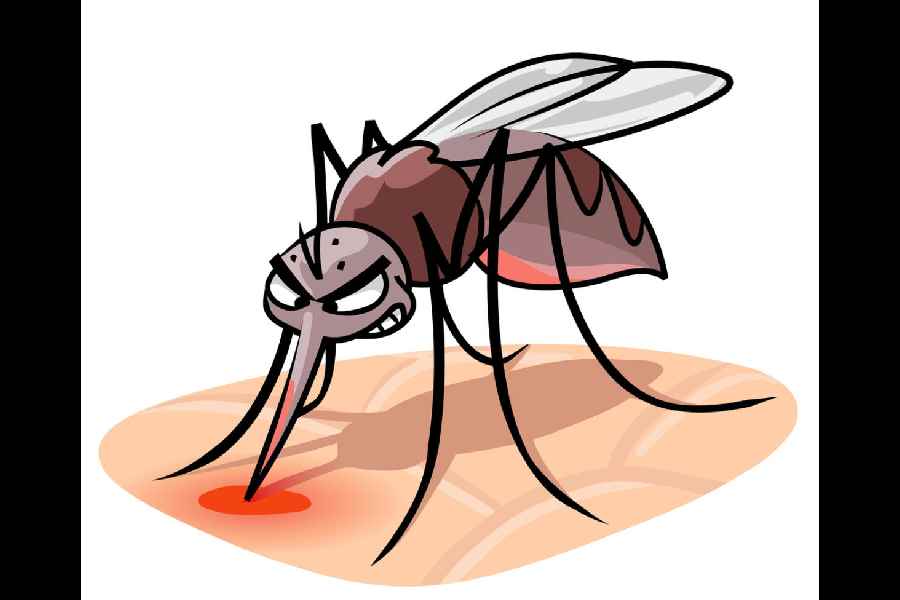Indian scientists have documented what they say are distinct signature-like features in the buzzing and whining sounds of mosquitoes that they hope to exploit for automatic and rapid identification of mosquito species.
The researchers in the Zoological Survey of India (ZSI) and collaborating institutions have said combinations of acoustic features, including the fundamental and harmonic frequencies in the sounds of mosquitoes, could help identify the species.
They have developed an experimental device that can record mosquito sounds from single and multiple mosquitoes and distinguish between species that transmit dengue, chikungunya, Japanese encephalitis, malaria and other diseases.
Mosquito surveillance is a key element of disease control strategies and the current surveillance method largely involves capturing mosquitoes and visually examining them under a microscope to identify the species.
“The current surveillance method is tedious, time-consuming and inefficient,” said Devi Shankar Suman, a scientist with the ZSI’s Estuarine Biology Regional Centre in Gopalpur-on-Sea, Odisha, who led the research to develop the automated species identification device.
Mosquito control strategies work best when tailored for specific species. “Different species of mosquitoes behave differently — some are morning biters, some are evening biters, some bite indoors, others bite outdoors,” Suman said. “Real-time identification of species would help guide the timing and nature of control strategies.”
The ZSI has filed a patent on the novel device.
The Indian study comes against the backdrop of earlier research in China, Spain and the US over the past decade suggesting that mosquitoes communicate with each other through species-specific aural cues. Some research groups had also earlier proposed using the acoustic features of mosquito sounds for species identification.
The recording device invented by Suman and his colleagues analyses acoustic features such as the fundamental frequency, the bandwidth, and the harmonic band diversity and combines them for species identification and male-female detection.
They tested their device to identify 19 species of mosquitoes from the Aedes, Anopheles and Culex among other genera and found that the frequency-based analysis yields an accuracy of 95 per cent. But combining the frequency with the harmonic band diversity increased the accuracy to 97 per cent.
The scientists have published their findings in the peer-reviewed scientific journal Acta Tropica. Their studies also indicate that the recording device may help distinguish between male and female mosquitoes and even between hungry and satiated mosquitoes.
They noted significant differences in the fundamental frequencies of male and female species and between fed and unfed mosquitoes. Male Aedes aegypti, for instance, on average have a fundamental frequency of 764 hertz compared with 463 hertz by female Aedes aegypti. The fundamental frequency of an unfed Anopheles subpictus is 445 hertz compared with 418 hertz from a fed Anopheles subpictus. These findings will help in exploration of mosquito biology and the development of behaviour-based management strategies.
The research collaborators include Udita Mandal at the ZSI, Vivek Dixit, at the Indian Institute of Technology, Kharagpur, and M. Suman and Joydeep Dutta, at the Lovely Professional University, Ludhiana.











